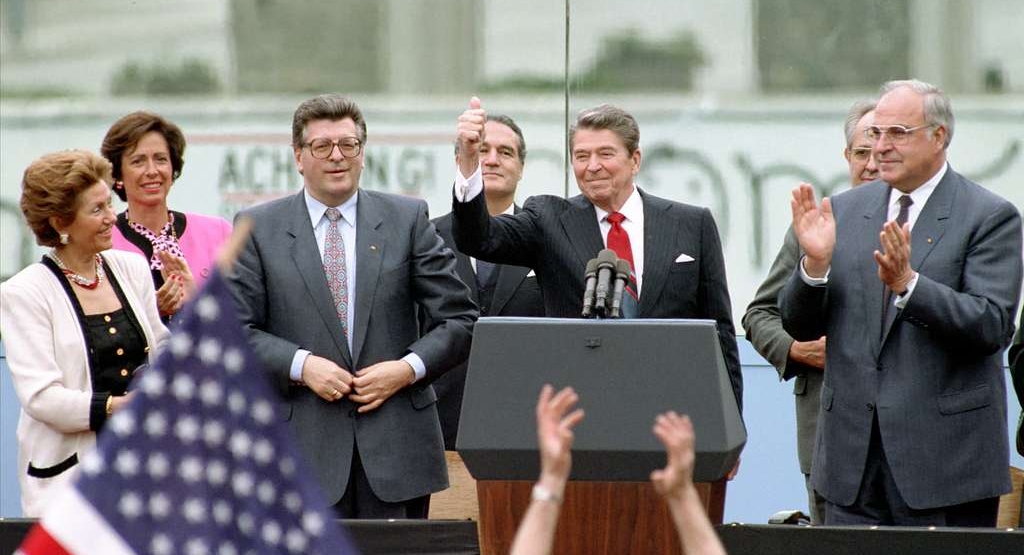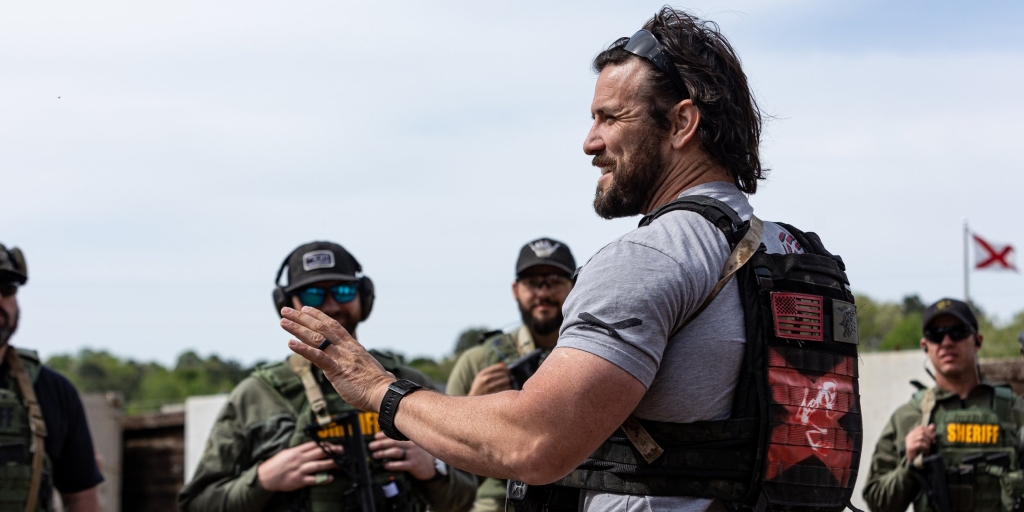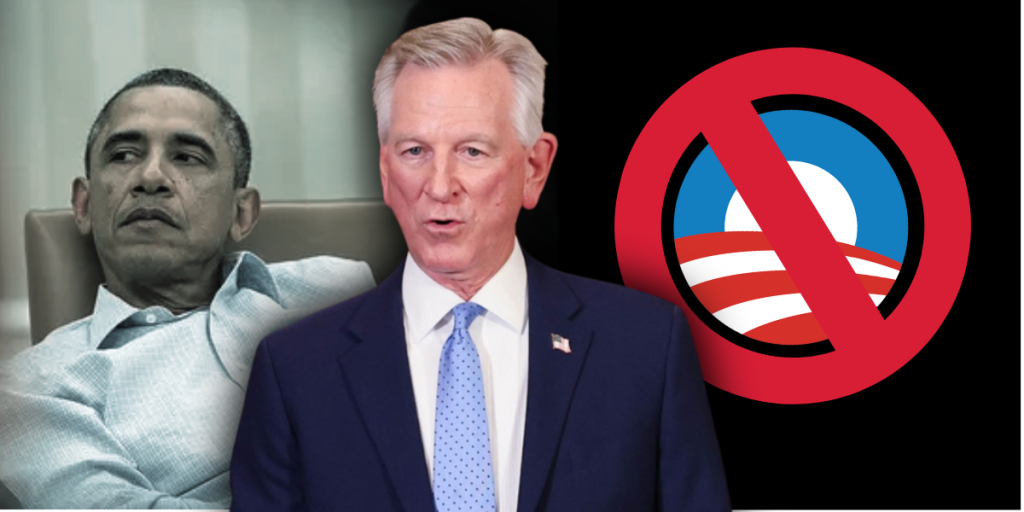In the not-so-distant past, the United States’ relationship with the Soviet Union was best summed up by the policy of containment. The idea was very simple — communism in general and the Soviet Union in particular were menaces to the world order. Communism could be dealt with intellectually, but once the Soviet Union began to aggressively export its version of communism by forcing itself on neighboring countries, something had to be done to stop the expansion.
After World War II, the U.S. had two choices: confront the Soviet Union and possibly start another global conflict or simply limit communism to the Soviet sphere of influence, stops its spread outside that boundary, and wait for the system to collapse under its own weight.
But, another part of the containment policy included support of insurgents both within the Soviet Union and also in its client states. In fact, the U.S. actively recruited and trained indigenous people to return to their countries as nationalist commandos to lead an uprising to topple any Soviet allied country.
For almost 10 years after World War II, our Central Intelligence Agency and State Department spent untold millions implementing the policy of containment. Numerous sad stories proliferated of zealous freedom fighters who were typically pulled from refugee camps and returned to their home countries to import a western-oriented revolution only to be captured and summarily executed by the Soviets.
Even in the face of subsequent failures, the work of recruitment and training continued based on the thought that at some point the right formula of personnel, material and local sentiment would achieve revolutionary success.
Nothing of any substance ever materialized.
Notwithstanding the hours of propaganda beamed into the nations held captive by Soviet Communism, the U.S. had precious little to show for the expense and effort beyond a brief morale boost.
But even so, there were glimpses of opposition and signs of progress in any number of countries. In 1953, East German workers held a strike, but it was crushed and its leaders imprisoned. Other countries, too, would see brief flare-ups of dissent, but in a police state, where free speech is prohibited, nothing ever became of these popular uprisings. The repression from national leaders trained by Stalin made all resistance futile.
The U.S.could encourage all it wanted and send men and materiel with boosts from Radio Free Europe, but there was no overthrow or any appreciable change in government. While the aspirations of the Soviets to export their revolution were generally contained, no country moved from Soviet domination to freedom.
One bright spot for U.S. policy makers and clandestine operatives was the Hungarian Revolution of 1956. A real threat to the Soviets occurred when local leaders, who were encouraged by the death of Stalin and a relaxing of oppression, tried to separate themselves from Soviet control. Finally, the CIA and State Department sensed movement on the horizon; they had their coup!.
Encouraged by Radio Free Europe, the Hungarians were marching and ready to throw off the yoke of Soviet oppression, but rather than assist the rebellion, the U.S. and its allies did nothing. Even for a short time when Politburo leaders vacillated, the U.S. ignored all pleas and failed to provide the needs to expand Hungary’s revolt. Eventually, the rebellion was crushed with Soviet troops and tanks. The leaders were summarily executed, and the Soviets tightened their grip once again.
But even so, the U.S. policy of containment was still the order of the day. Though many in leadership positions were disheartened at the failure of the Hungarian uprising, the idea of fomenting revolt within the Soviet Union and its Warsaw Pact allies was still pursued.
Most of these attempts were fruitless until Ronald Reagan faced the Soviet Union head on, caused them to compete militarily with the U.S., and prompted the total collapse of their system. When the Cold War was won, as evidenced by the demolition of the Berlin Wall and the splintering of the Soviet Union, Russia never fully re-joined the community of nations.
With little experience in democracy, freedom of expression, and individual rights, Russia continues to embrace concepts deeply rooted in authoritarianism and repression of all opposition. In many ways, World War II never ended for Russia.
Unlike Germany and Japan, Russia steadfastly rejected any system allowing its people rights and a voice in government. They refused the Marshall Plan’s invitation to rebuild their economy and join the community of nations. Rather than exporting goods and services and competing in the world economy, Russia opted to export revolution, violence, and terrorism to achieve world status.
The policy of containment can still be debated, but until Russia accepts its place in the world, the policy of opposing it will remain the chief aim of U.S. foreign policy. Unlike Russia, the U.S. has no territorial ambitions, desiring, only a stable world order where the rule of law supports a political environment of individual freedom, liberty of conscience and economic liberalism.
Until Russia decides to abandon its expansionist goals and status as world pariah, U.S. foreign policy should contain Russia in Ukraine and force it to pursue true peaceful co-existence, cease its support of terrorism and rogue states, and come to terms with the 21st Century World Order.
Will Sellers is a graduate of Hillsdale College and is an Associate Justice on the Supreme Court of Alabama. He is best reached at [email protected]













